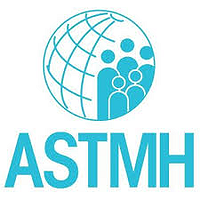The 2014 Ebola epidemic has shown the importance of accurate and rapid triage tools for patients with suspected Ebola virus disease (EVD). Our objective was to create a predictive score for EVD. We retrospectively reviewed all suspected cases admitted to the Ebola treatment center (ETC) in Nzerekore, Guinea, between December 2, 2014, and February 23, 2015. We used a multivariate logistic regression model to identify clinical and epidemiological factors associated with EVD, which were used to create a predictive score. A bootstrap sampling method was applied to our sample to determine characteristics of the score to discriminate EVD. Among the 145 patients included in the study (48% male, median age 29 years), EVD was confirmed in 76 (52%) patients. One hundred and eleven (77%) patients had at least one epidemiological risk factor. Optimal cutoff value of fever to discriminate EVD was 38.5°C. After adjustment on presence of a risk factor, temperature higher than 38.5°C (odds ratio [OR] = 18.1, 95% confidence interval [CI] = 7.6-42.9), and anorexia (OR = 2.5, 95% CI = 1.1-6.1) were independently associated with EVD. The score had an area under curve of 0.85 (95% CI = 0.78-0.91) for the prediction of laboratory-confirmed EVD. Classification of patients in a high-risk group according to the score had a lower sensitivity (71% versus 86%) but higher specificity (85% versus 41%) than the existing World Health Organization algorithm. This score, which requires external validation, may be used in high-prevalence settings to identify different levels of risk in EVD suspected patients and thus allow a better orientation in different wards of ETC.

Development of a Prediction Model for Ebola Virus Disease: A Retrospective Study in Nzerekore Ebola Treatment Center, Guinea
Review badges
0 pre-pub reviews
0 post-pub reviews